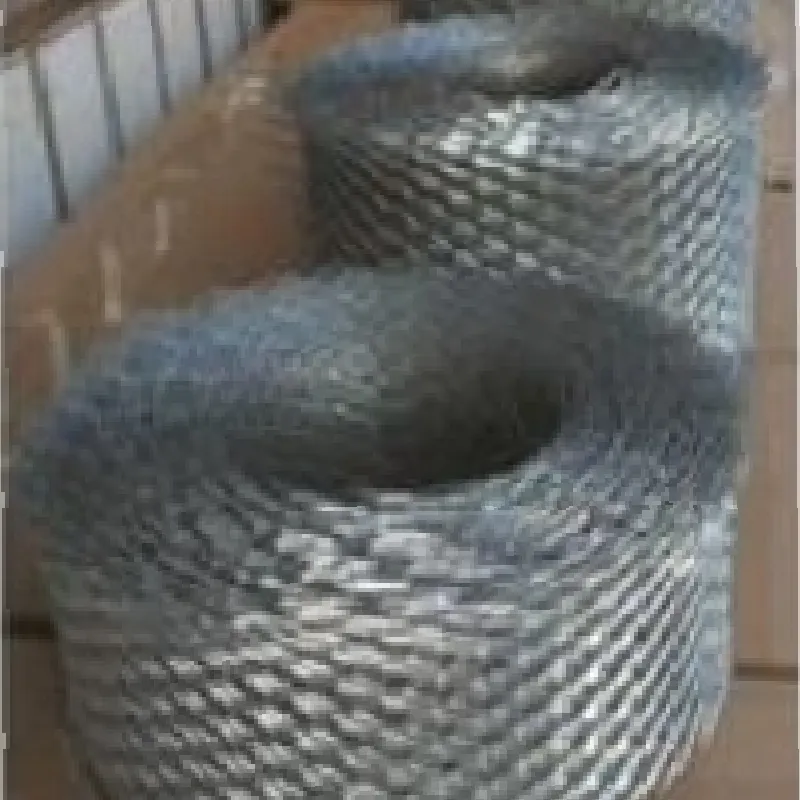Dec . 05, 2024 14:28 Back to list
concrete wire grid
The Evolution and Applications of Concrete Wire Grids
Concrete wire grids represent a significant innovation in the field of construction and civil engineering, combining the strength and durability of concrete with the flexibility and lightweight properties of wire meshes. This innovative material has found diverse applications ranging from structural reinforcement to aesthetic design, transforming the way we approach modern architecture and infrastructure.
Understanding Concrete Wire Grids
Concrete wire grids consist of a network of steel or plastic wires formed into a mesh structure, which is then encased in concrete. This combination allows for the distribution of loads across a wider area, enhancing the structural integrity of buildings and other constructions. The wires serve as reinforcement, preventing cracks and failures in the concrete, while also providing flexibility, which is vital in earthquake-prone regions.
These grids can be produced in various sizes and configurations to meet specific engineering requirements. The adaptability of concrete wire grids makes them suitable for both small-scale projects, like residential homes, and large-scale constructions, such as bridges and commercial buildings.
Advantages of Concrete Wire Grids
The use of concrete wire grids offers numerous advantages. Firstly, they improve the overall strength and resilience of concrete structures. By preventing tensile failures—where concrete typically performs poorly—these grids allow for the design of thinner and lighter structural elements without compromising stability. This can lead to reduced material costs and lower overall weight of structures, which is particularly beneficial in earthquake-resistant designs.
Secondly, concrete wire grids enhance construction efficiency
. They can be prefabricated off-site and then assembled quickly on-site, minimizing labor costs and construction time. This efficiency is crucial in today’s fast-paced construction industry, where project timelines are tighter than ever.concrete wire grid

Moreover, the aesthetic possibilities offered by concrete wire grids are virtually limitless. Designers can create intricate patterns and textures by manipulating the grid layout, adding an artistic touch to functional structures. This aspect of design is increasingly important as buildings evolve to become more than just functional spaces, but also works of art that enhance the urban environment.
Applications in Various Sectors
Concrete wire grids are utilized across various sectors, including residential, commercial, and infrastructural projects. In residential buildings, they provide added stability to walls and foundations, especially vital in areas with unstable soil conditions. In commercial constructions, they are often employed in flooring systems and façade designs, where both strength and aesthetics are paramount.
Infrastructure projects greatly benefit from this technology as well. Roads, bridges, and tunnels constructed with concrete wire grids exhibit improved load distribution and can withstand heavy traffic and environmental stresses. For instance, departments of transportation have increasingly adopted these grids for bridge construction, ensuring long-lasting durability against the elements.
Future Trends and Innovations
As technology advances, the future of concrete wire grids looks promising. Researchers are exploring the use of advanced materials, such as carbon fiber or polymer-based wires, which could further enhance strength while reducing weight. Moreover, the integration of smart technologies could lead to real-time monitoring of structural integrity, allowing for proactive maintenance and increased safety.
In conclusion, concrete wire grids illustrate how innovative materials can revolutionize the construction industry. By merging strength with flexibility and aesthetic appeal, these grids offer a versatile solution to modern engineering challenges. As we continue to embrace sustainable practices and push the boundaries of design, concrete wire grids will undoubtedly play a crucial role in shaping the future of architecture and infrastructure. The potential for growth and innovation in this area is vast, promising exciting developments in the years to come.
-
Reinforcing Mesh: Core Material of the Construction Industry
NewsJul.07,2025
-
Welded Wire Fabric Reinvented for Modern Projects
NewsJul.04,2025
-
Superiority of Stainless Steel Woven Mesh
NewsJul.04,2025
-
Key Types of Razor Wire and Their Applications
NewsJul.04,2025
-
Durable Metal Fence Types for Security
NewsJul.04,2025
-
Best Materials for Livestock Fence
NewsJul.04,2025
products.







